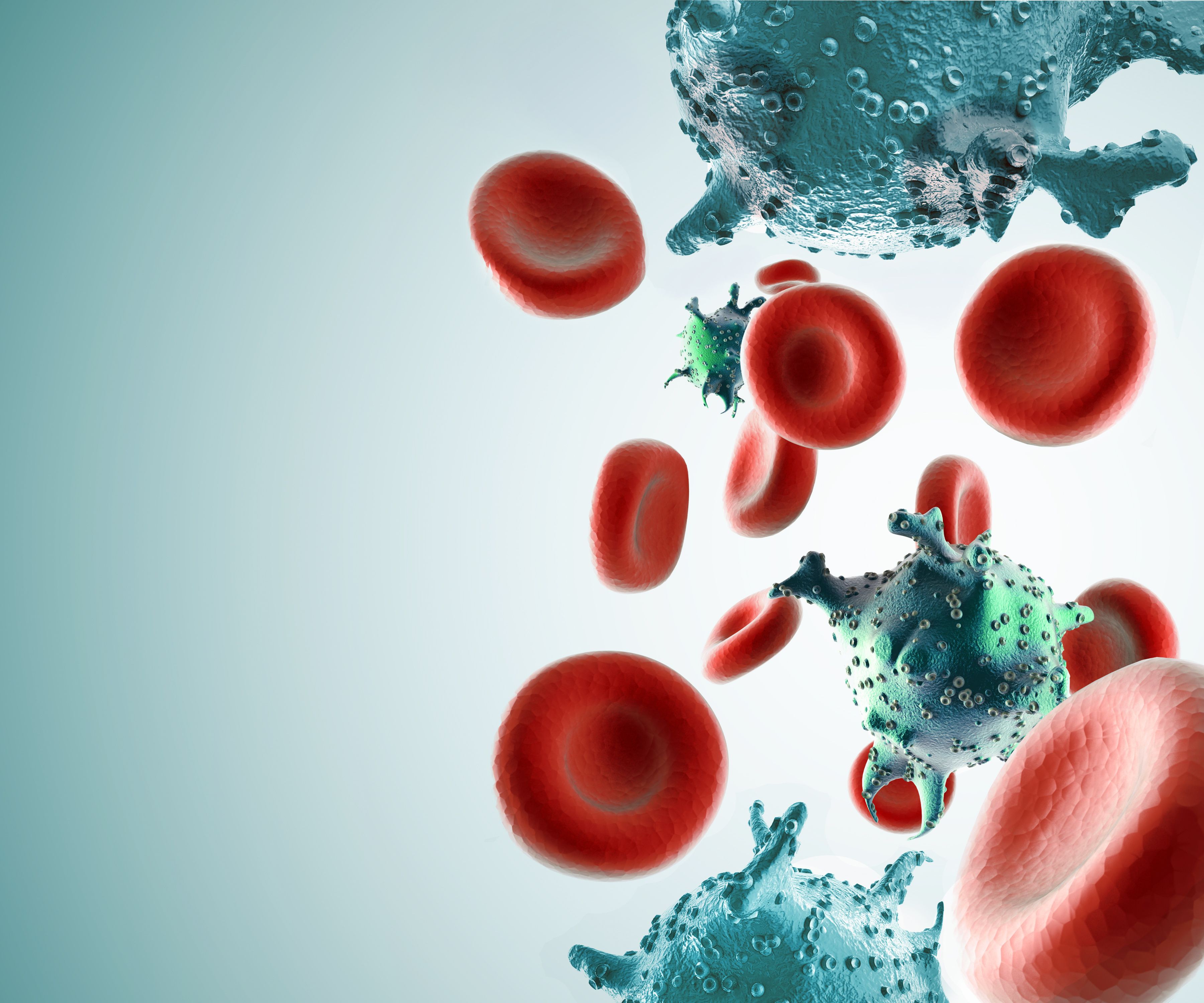HIV-1 Infection More Virulent in Heterosexual Persons, According to New Study
©Andrii Muzyka/AdobeStock

HIV-1 infection is more virulent when transmitted through heterosexual penile-vaginal intercourse than through anal intercourse between men who have sex with men (MSM) due to transmission bottlenecks, according to a new study published in PLOS Pathogens.
“HIV-1 encounters a key bottleneck at the time of its transmission from one individual to another. This transmission bottleneck can differ between modes of transmission,” wrote co-authors Ananthu James, PhD, and Narendra Dixit, PhD, from the Indian Institute of Science, Bengaluru, India. “The stronger this bottleneck is, the more fit the virus has to be to be successfully transmitted. Accordingly, the transmitted/founder (T/F) strains of HIV-1 may have different fitness in risk groups that use different modes of transmission.”
While recent studies on small cohorts have supported the notion that stronger selection pressures lead to fitter T/F strains, manifestations of this selection bias at the population level are unclear. To better understand differences in transmission-related virus fitness in MSM and persons who engaged in penile-vaginal intercourse, James and Dixit analyzed CD4 T cell count measurements reported among MSM and heterosexual (HET) individuals infected with HIV by gathering data previously collected in large studies.
Early CD4 T cell counts are a measure of the severity of HIV infection due to T/F strains. Researchers hypothesized that a stronger selection bias would be associated with penile-vaginal transmission instead of anal transmission and would result in more virulent T/F strains and, therefore, lower early CD4 cell counts in HET persons than in MSM.
The team compiled data from approximately 340 000 MSM and HET individuals with HIV-1 infection representing a range of ethnicities from over 25 countries, according to the study. Investigators observed that early reductions in CD4 counts were consistently greater in HET persons than MSM (P<.05).
“The reduction in CD4 cell counts early in infection was substantially higher in HET than MSM, consistent with the more stringent selection at transmission resulting in more virulent T/F strains in HET than MSM,” wrote authors.
To account for variation in baseline CD4 T cell counts between the 2 groups, investigators calculated a metric to quantify progression toward AIDs and found that HET persons were also significantly further in that progression.
A limitation to the study was the fact that it relied upon population level data rather than individual level data that could not account for specific behaviors that increased or decreased the risk of HIV-1 infection or stratify sexually transmitted infections in either cohort. Future studies may fill this gap though, added authors.
“Our study presents the first large-scale evidence of a clinical manifestation of the selection bias during HIV-1 transmission, with implications for our understanding of HIV-1 pathogenesis, evolution, and epidemiology,” concluded James and Dixit.
Reference: James A, Dixit NM. Transmitted HIV-1 is more virulent in heterosexual individuals than men-who-have-sex-with-men. PLoS Pathog. 2022:10:e1010319.